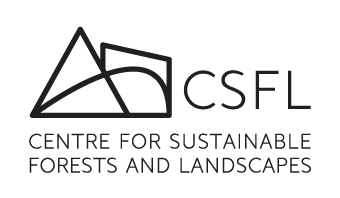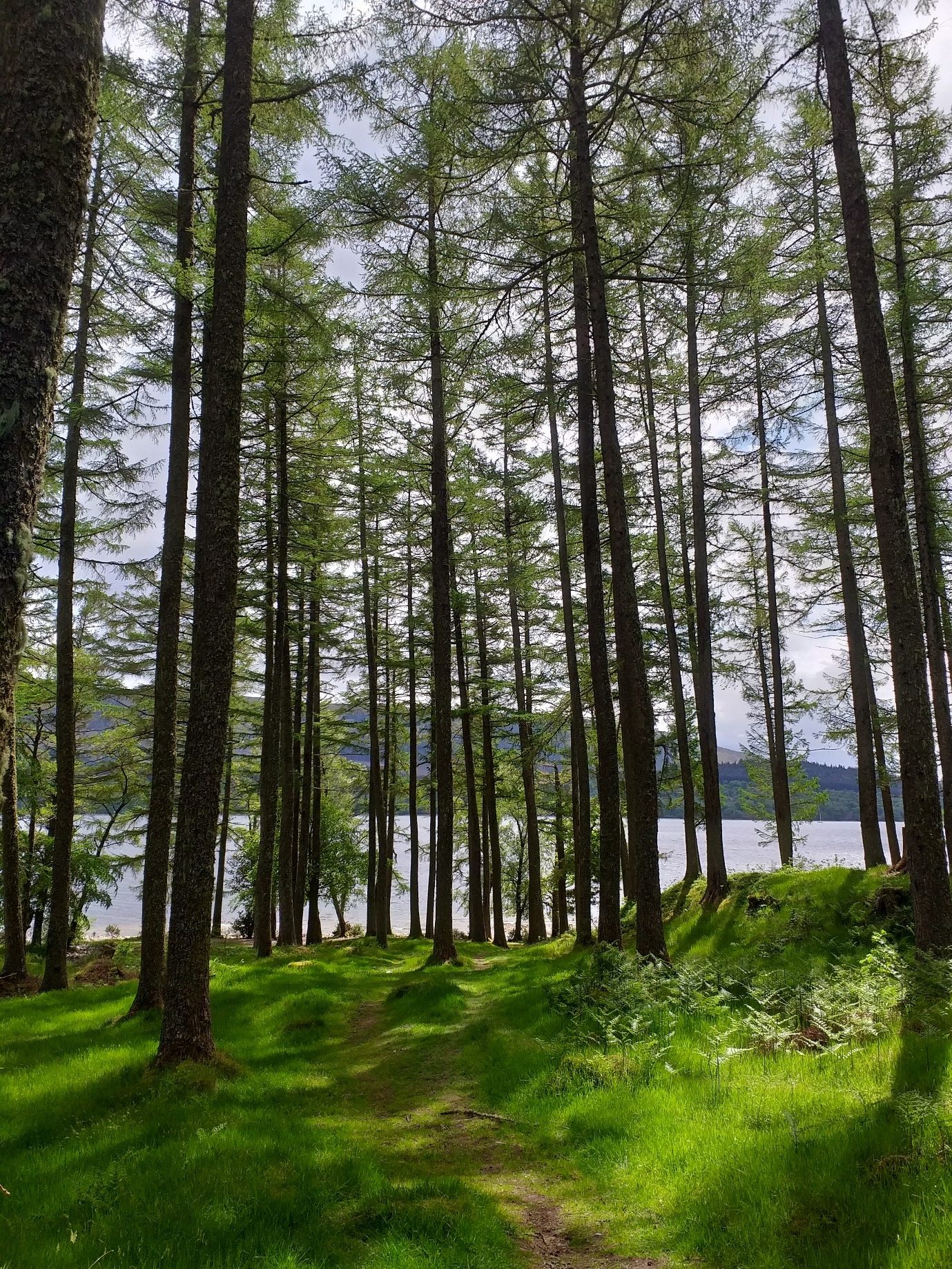The new Scottish forest strategy for 2019 to 2029 follows the principle ‘The right tree in the right place’ to expand forests to 21% of Scotland’s total land area. Yet determining what is the right tree and the right place really depends on whom you ask.
A conservationist might prefer native woodlands for their wildlife benefits. A landowner might prefer commercial forest for the economic paybacks. Some might not want any forests at all, especially if it impedes other land interests.
Yet as the Scottish government has now officially recognised a ‘climate emergency’, urgent action is being called for to reduce net carbon emissions to zero. One strategy advanced by government advisors is to double the rates of tree planting in the UK by 2020 to tackle climate change. If this is to happen without causing conflicts among land managers and interest groups, we will need a conversation among stakeholders on how trees and forests can best fit with the demands of a multifunctional landscape.
Climate emergency calls for more forests
New forests and trees can mitigate climate change by drawing down atmospheric carbon. That said forests are more than carbon sponges. Forests offer a multitude of environmental, social, and economic benefits. Forestry in Scotland contributes around £1 billion Gross Value Added, and supports over 25,000 jobs. Scottish forests alone are believed to house up to 172 protected species.
Despite these diverse benefits, gaining consensus is difficult as trade-offs are inevitable. For one thing, there is the ever-contentious issue of managing deer alongside woodland expansion. How then, is the government to deliver on its vision for more trees parallel to other diverse visions?
Common visions from individual perspectives
Current research, by the FORLAND project aims to address this dilemma, by facilitating processes and building platforms to support the development of common visions and negotiated solutions for individual landscapes.
“By viewing the landscape of the future we can better decide if that’s the future we want.” – Dr Annie Yang, Research Fellow Forland project
FORLAND is building tools that can inform landscape planning by connecting data and people. Using available data, coupled with involvement of key stakeholders, FORLAND aims to facilitate the co-development of future land use plans, with forests in mind. At the core of the project is the belief that that land use decisions are more sustainable when they conciliate different points of view. Thus the tool aims to support the negotiation of consensus on what is the right tree in the right place amongst different people.
Forland – facilitating discussions on land use planning
FORLAND is among a number of research initiatives underway at the University of Edinburgh’s new Centre for Sustainable Forests and Landscapes. Funded by Climate KIC through the European Institute of Technology the project aims to:
- Develop an inclusive restoration tool adapted by local and regional stakeholders.
- Combine biophysical and socioeconomic data into a user-friendly portal.
- Provide a comparative analysis of landscape scenarios and trade-offs.
- Support planning and monitoring of landscape scales.
- Provide a ‘collaborative platform’ that promotes better coordination between science, planning and operational experts, and stakeholders.
The platform is being developed and tested at pilot sites in Brazil and Scotland. The University of Edinburgh and Forest Research are leading the research in Scotland, while collaborating with the European partners ONF International, and CIRAD in France, and the Swiss Federal Institute of Technology in Zurich, Switzerland.
So what’s next?
An initial workshop in October 2018 with key stakeholders, including CONFOR, Scottish Forestry, Scottish Natural Heritage, Corrour Estate, National Farmers Union Scotland, and the Coigach Assynt Living Landscape, helped guide the way. Through further consultation and engagement the project is refining its aims and how best to target and manage its activities.
Site scoping is underway. Engagement activities will soon begin, responding to the needs and interests of the variety of stakeholders. At the heart of FORLAND activities lies participation, and the co-development of visions and validation of tools. Ultimately, we aim to foster approaches for identifying how forest restoration can be envisioned for specific territories and interests. Perhaps then, it might be a little easier to find a way to agree on the right tree, in the right place, at ‘just’ the right time.
by Anastasia Yang
For further information, please contact:
Dr Anastasia Yang Anastasia.yang@ed.ac.uk
FORLAND Project webpage: https://forland.io/solutions/restoration/




hdeak
I loved the ideas here!